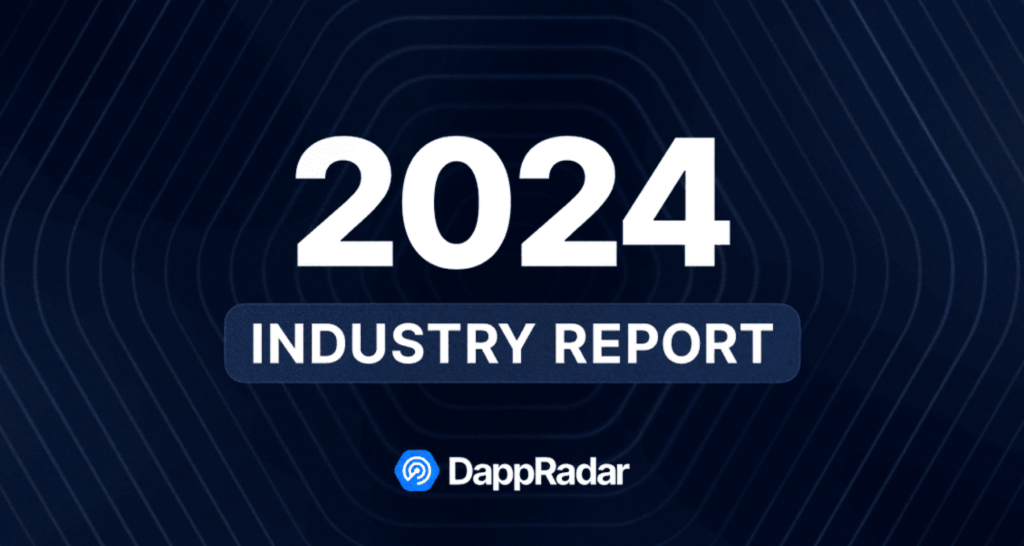The Dark Side of Crypto: Manipulative Strategies in Emission

The earliest miners had an undeniable advantage over other cryptocurrency enthusiasts. Despite their standard computers, they successfully mined a substantial quantity of PoW coins. They adhered to the rules, merely joining the race to success ahead of the pack. Yet, not everyone was inclined to play fair…
On this page
Three key types of cryptocurrency issuance manipulations exist, each having its specific term often muddled by crypto enthusiasts. Let's dissect each manipulation and how they differ from the traditional Bitcoin mining process, as instituted by Satoshi Nakamoto.
Premining (also known as preliminary mining) is the issuance of a specific number of coins before the primary network, the Mainnet, is launched. The manipulation arises when cryptocurrency creators issue a designated amount of coins for a so-called development fund. The subsequent usage of these assets depends on the project team's decision, potentially as rewards for developers and users.
Instamine (instant mining) involves the planned issuance of a specific number of coins right after the network's launch. This issuance is incorporated into the initial blocks, most frequently the genesis block, which is the first, or ‘zero' block. The aim of this manipulation aligns closely with premining, though it is slightly more refined as it is openly disclosed.
Hidden mining (also ninja mining) – A mining manipulation that takes place clandestinely, using third-party resources or equipment without the owners' knowledge.
Premining
Before developers release the source code on GitHub, they hold an advantage over other users who lack the necessary information and software to pose competition. Any emission of crypto assets during this stage is considered premining.
This tactic allows developers to effectively monopolize the emission process of an asset. However, such actions will be detected by the crypto community following the blockchain's launch, and trust in such a project may start to crumble right from the outset. If fraudsters deliberately introduce such an asset to the market with the intention of executing a pseudo-ICO, followed by a “pump & dump” scheme, it is unlikely to prosper.
However, if the developers openly acknowledge premining and clearly communicate its purpose to the community, it's a different story. This emission could be used to freely distribute assets to exchanges or large pools, promoting the new currency. Most projects use premining as a way to incentivize developers and users, facilitate the creation of new services, or to get listed on exchanges.
Regardless of the intention behind premining, the practice is largely disapproved of by the crypto community, as it represents a deliberate violation of fair competition rules in the cryptocurrency market.
Cryptocurrencies known for premining include Ethereum (72 million ETH), Ripple (100%), IOTA (100%), NEO (100%), Stellar (100%), BNB (100%), Tron (100 million TRX), KEEP (100%), among others.
Instamine
Instamine, unlike premining, takes place at the same time as the launch of the network. Typically, such an instantaneous coin emission occurs in the initial hours (or less frequently, days) after the mainnet starts, when new users have yet to participate in the process. Sometimes, developers designate only a few of the first starting blocks for instamining.
The manipulation of emission via instamining can have various motives – from creating a fund for advertising and project promotion to simple developer errors. Occasionally, incorrect code leads to unforeseen actions during the generation of the network's first blocks. For instance, this happened with the anonymous coin Dash. During the network's first hour of operation, 0.5 million DASH coins were mined (which the developers claim was entirely unplanned). Another 1 million coins were issued during the subsequent seven hours. Ultimately, when the issue was identified and fixed, a total of 1.9 million DASH entered the market due to instamining.
As it turned out, the problem was rooted in a coding error that over-rewarded miners for block creation. Thanks to the developers' transparency about the mistake and their efforts to fix the bug, DASH successfully entered the market without losing its reputation or trust within the crypto community.
However, not all teams are as forthright. Nearly all coins with Proof-of-Stake (PoS) networks and their hybrids don't shy away from 100% instamining, which they use at their discretion. These assets are only considered decentralized in a nominal sense. Despite this, some of them have still managed to gain popularity, such as Cardano.
Cryptocurrencies known for instamining include Dash (1.9 million DASH), Cardano, Polygon, Solana, Algorand, Tezos, Celo, PIVX, NXT, and nearly all other traditional PoS coins (about 80 assets in total).
Hidden Mining
The most notorious cryptocurrency caught engaging in hidden mining is the anonymous coin, Monero. In 2015, it was discovered that developers of the popular torrent client uTorrent had embedded the EpicScale program, which could secretly mine cryptocurrencies, including Monero, without users' knowledge.
In September 2017, users of Pirate Bay, the largest torrent tracker, noticed abnormal CPU usage (up to 100% across all cores) and began raising concerns and investigating the cause of this anomaly. It turned out that the owners of Pirate Bay had decided to embed a script into the website's code, which launched the very same hidden miner, EpicScale. They later apologized to users, explaining that it was merely a “test of a new revenue stream”.
Ninja mining attempts were also discovered by Android smartphone owners. This occurred most frequently after launching apps that were not authorized by the Google Play store, distributed freely as apk files. Malicious actors embedded miners into games or other applications and advertised them, encouraging users to download and install. However, this practice didn't last, and the trend for this type of hidden mining eventually faded.
We still advise against installing unchecked apk files from unknown sources, as a smartphone that's been damaged due to GPU or CPU overheating is an outcome no owner would appreciate.
Closing Remarks
Assets that have reached the market through any form of emission manipulation often stand a chance of becoming both successful and popular projects. However, they tend to bear a tarnished reputation. This can have negative implications during the next market downturn, when traders or investors are likely to discard such “trash” assets first.
The content on The Coinomist is for informational purposes only and should not be interpreted as financial advice. While we strive to provide accurate and up-to-date information, we do not guarantee the accuracy, completeness, or reliability of any content. Neither we accept liability for any errors or omissions in the information provided or for any financial losses incurred as a result of relying on this information. Actions based on this content are at your own risk. Always do your own research and consult a professional. See our Terms, Privacy Policy, and Disclaimers for more details.


























